site search
online catalog
RARE MASSACHUSETTS LINDNER ALTERATION MODEL 1841 RIFLE

Hover to zoom

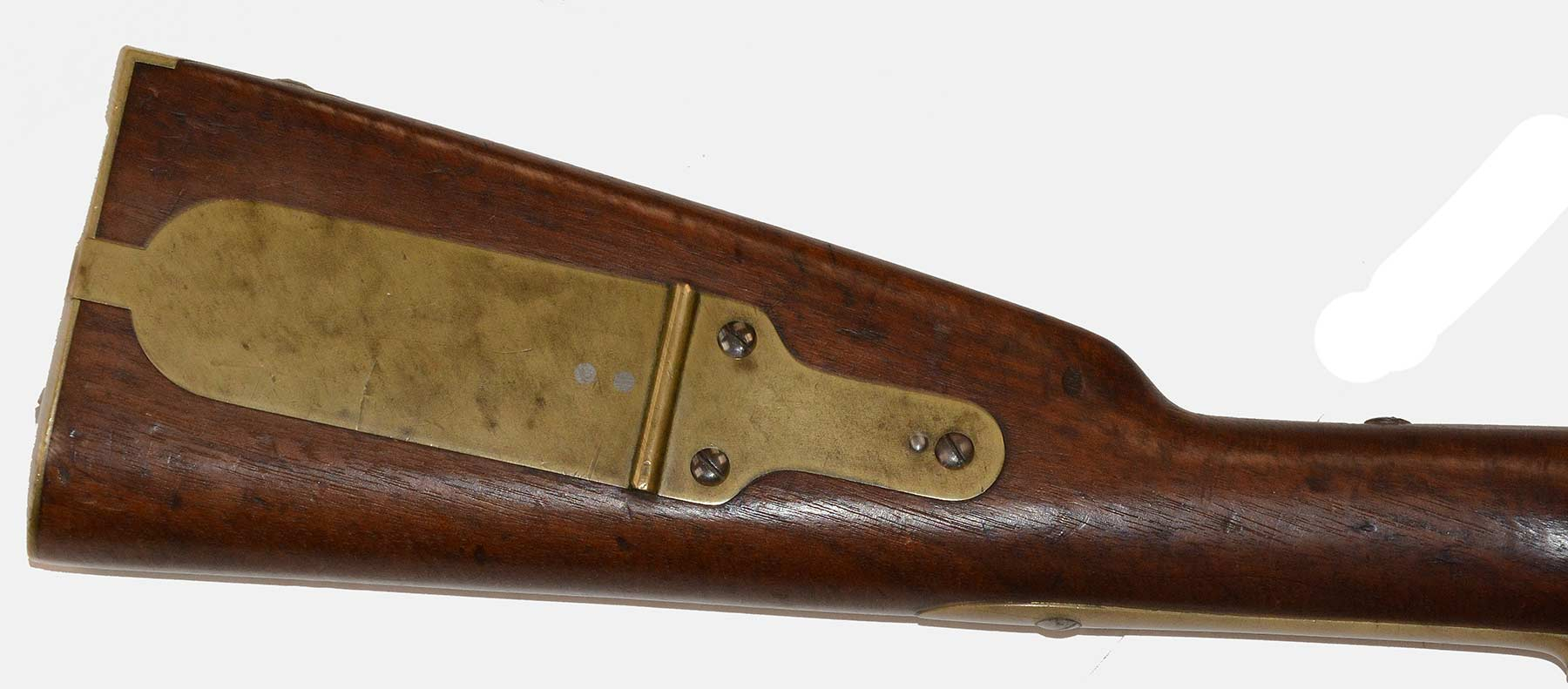


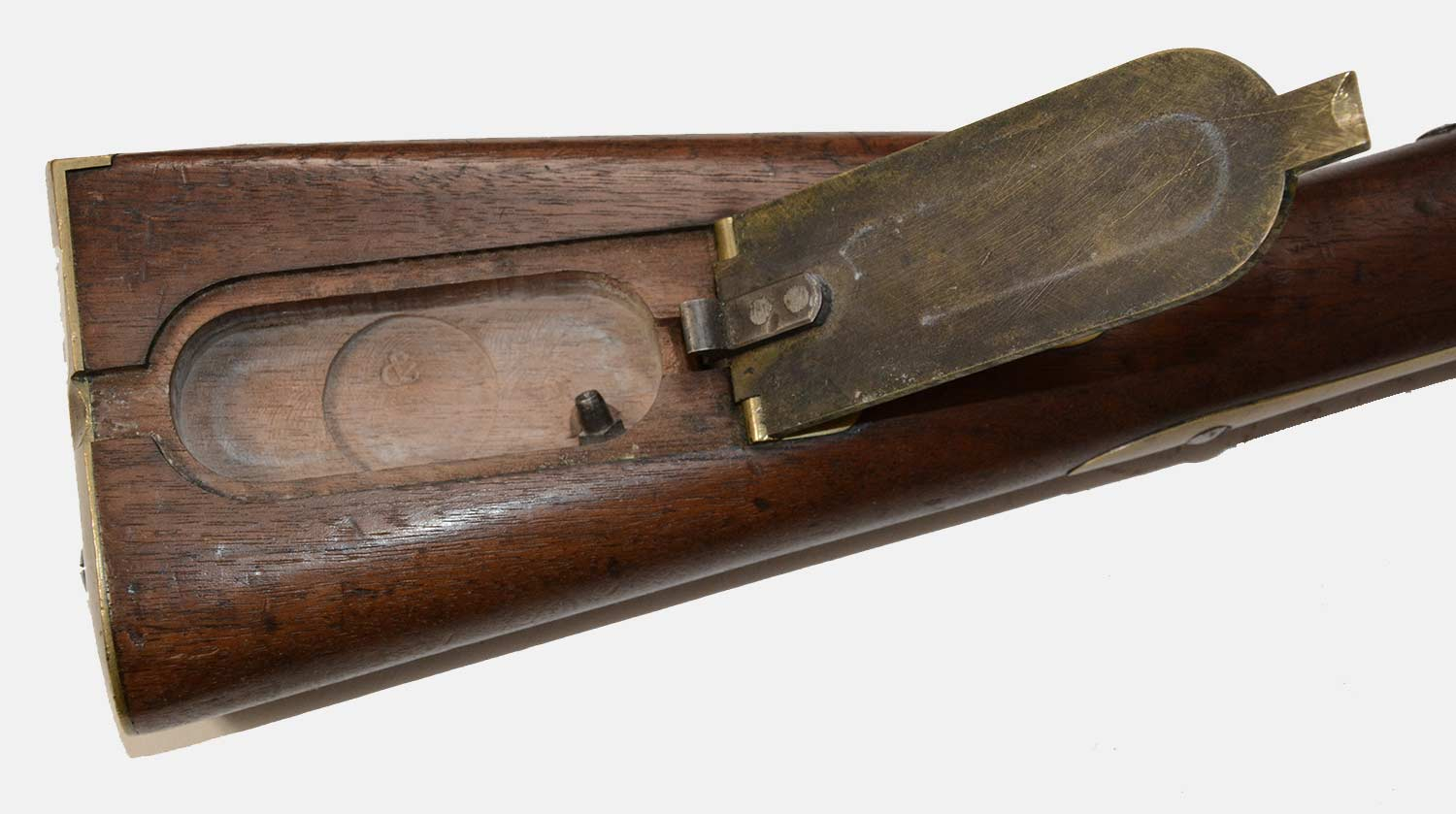
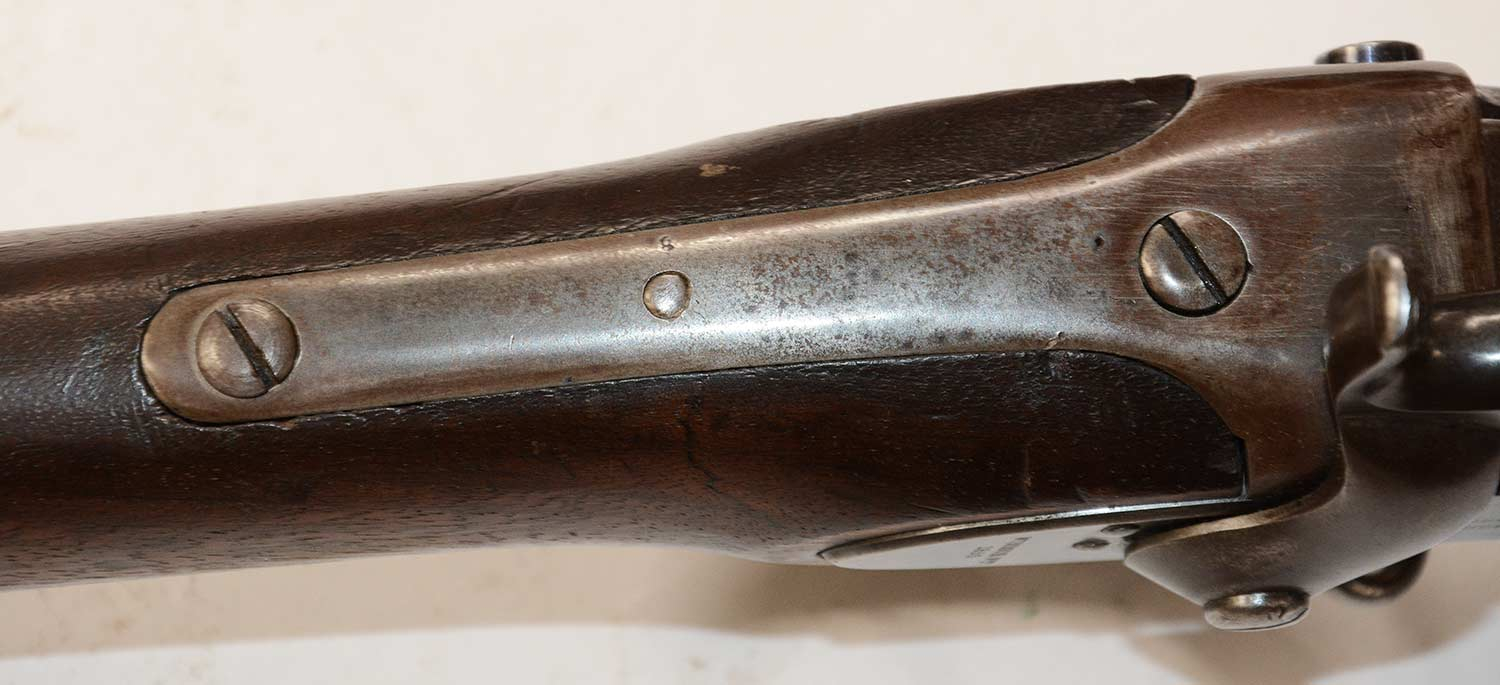
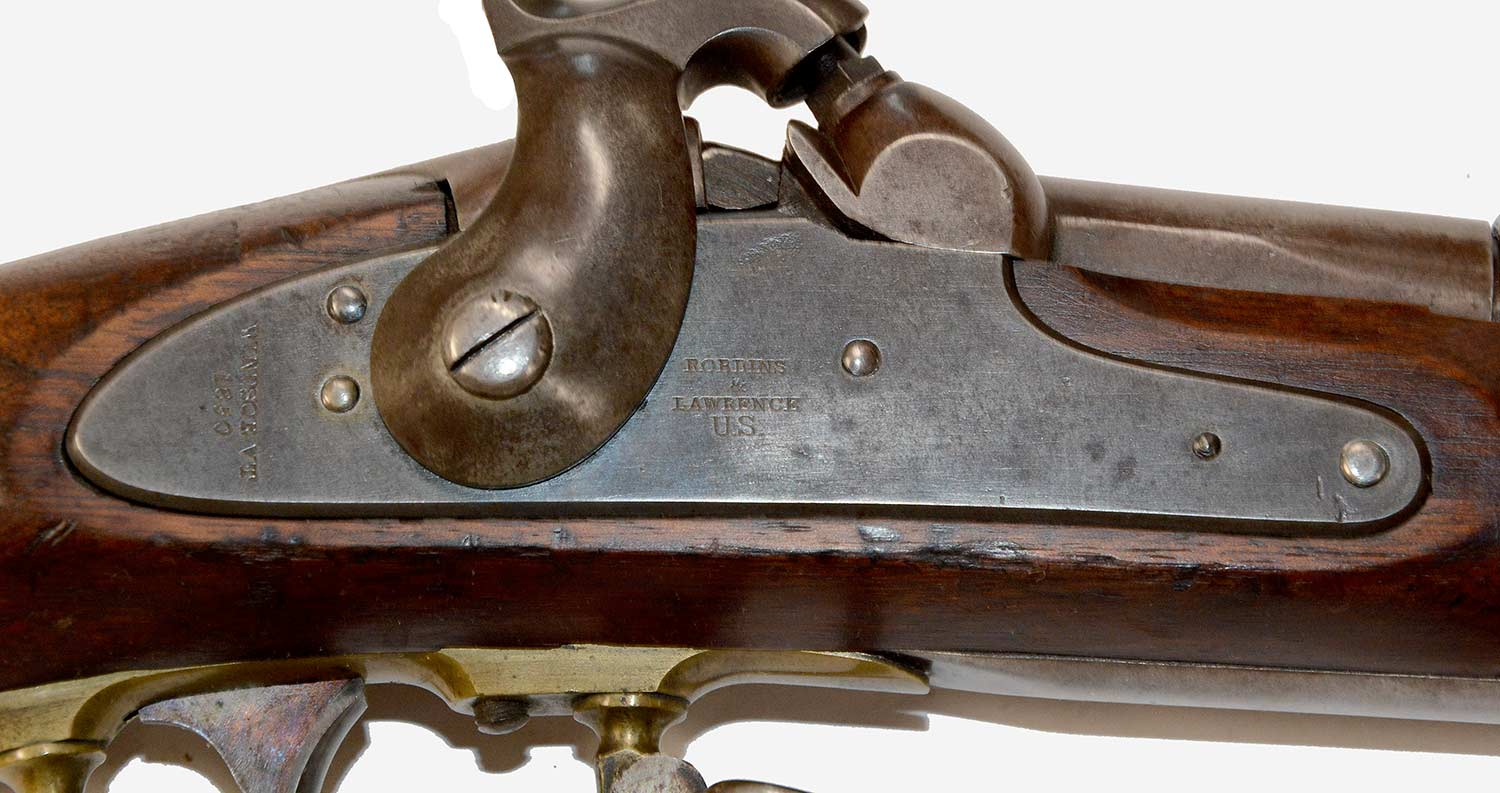


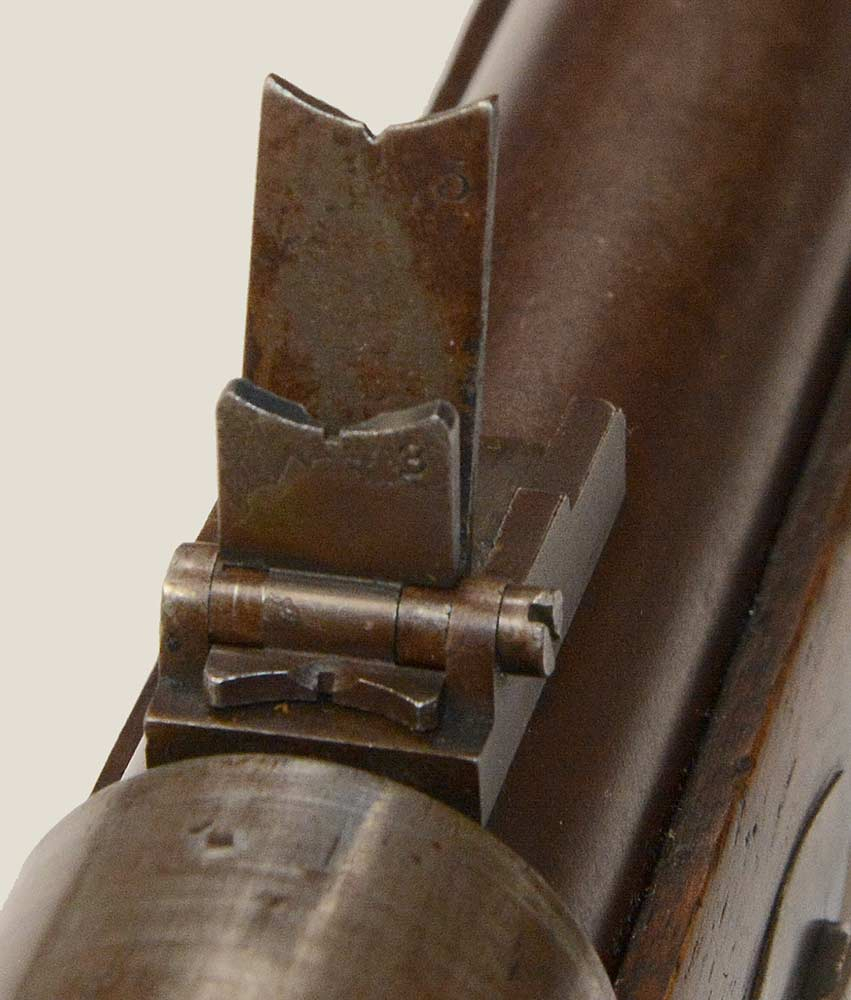

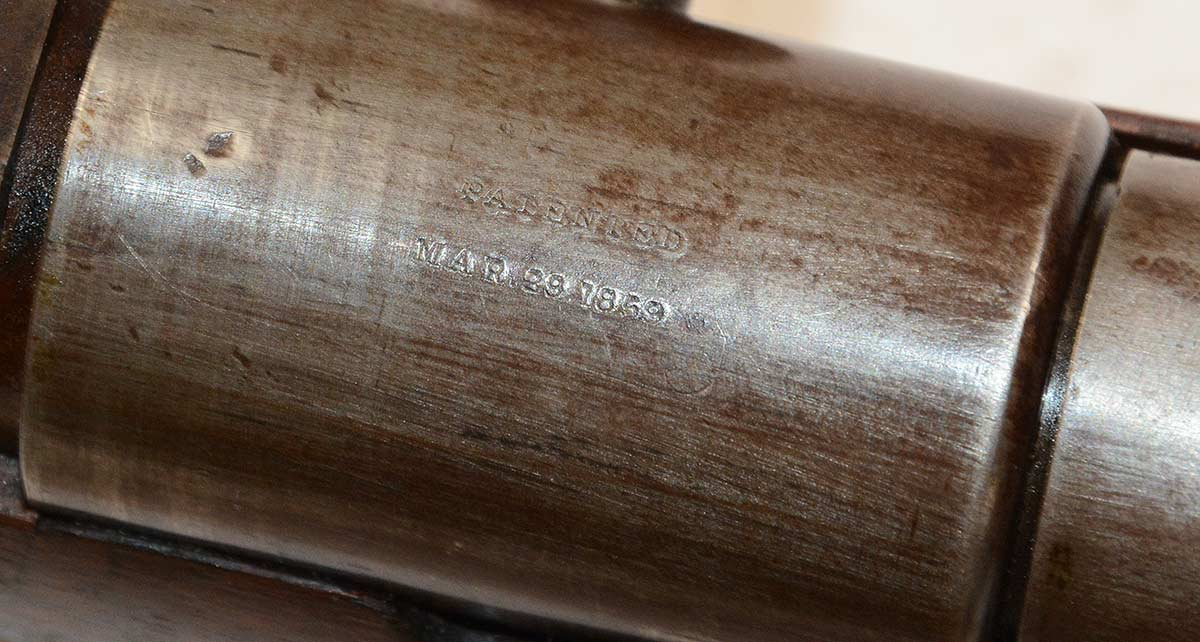
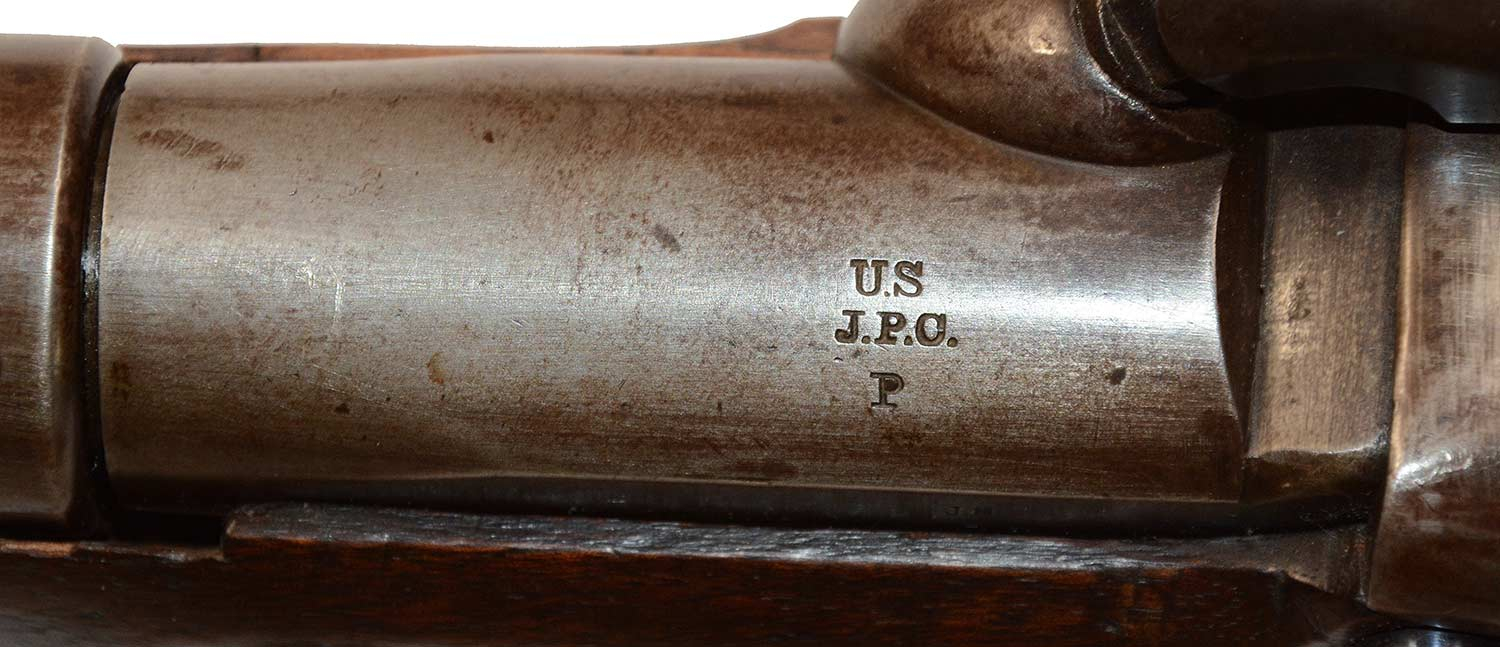
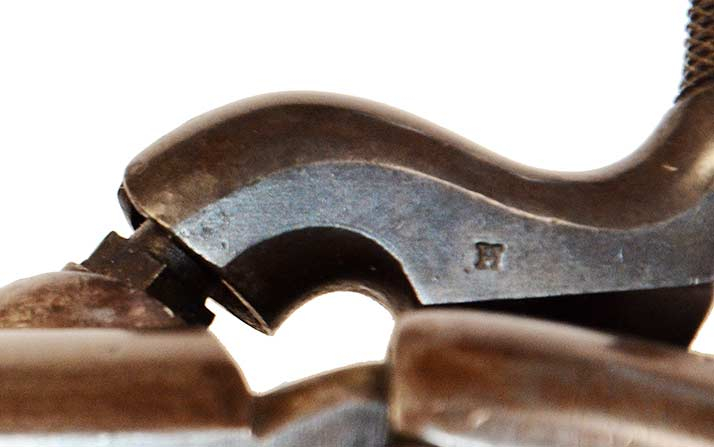
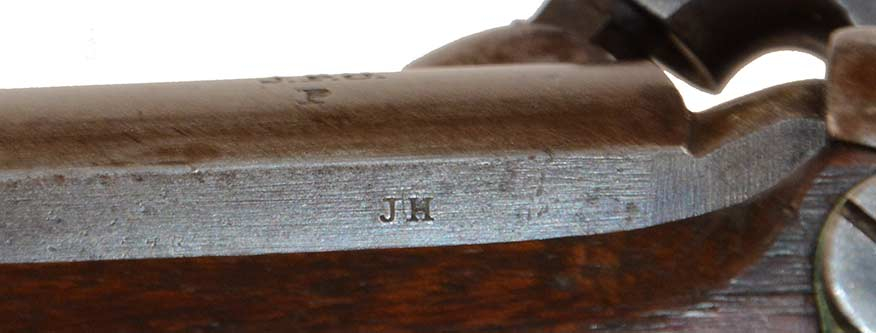
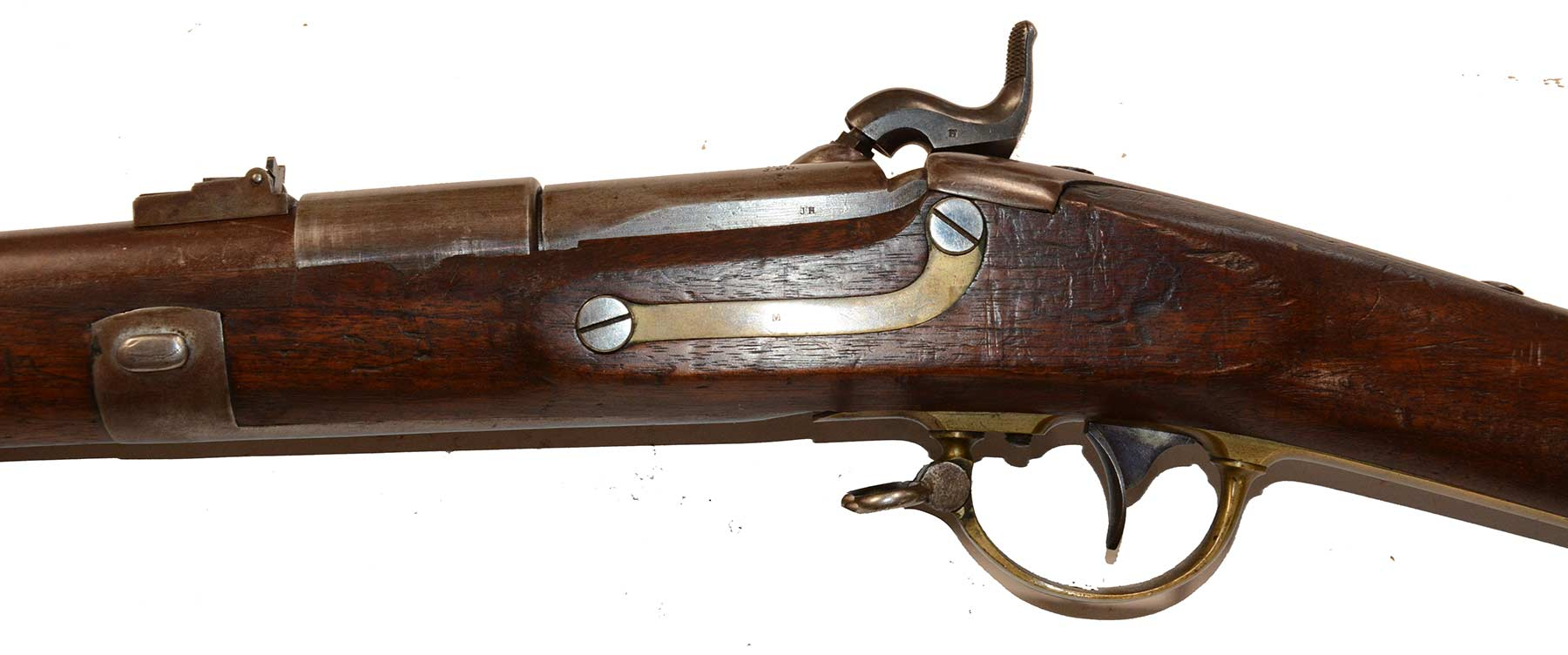
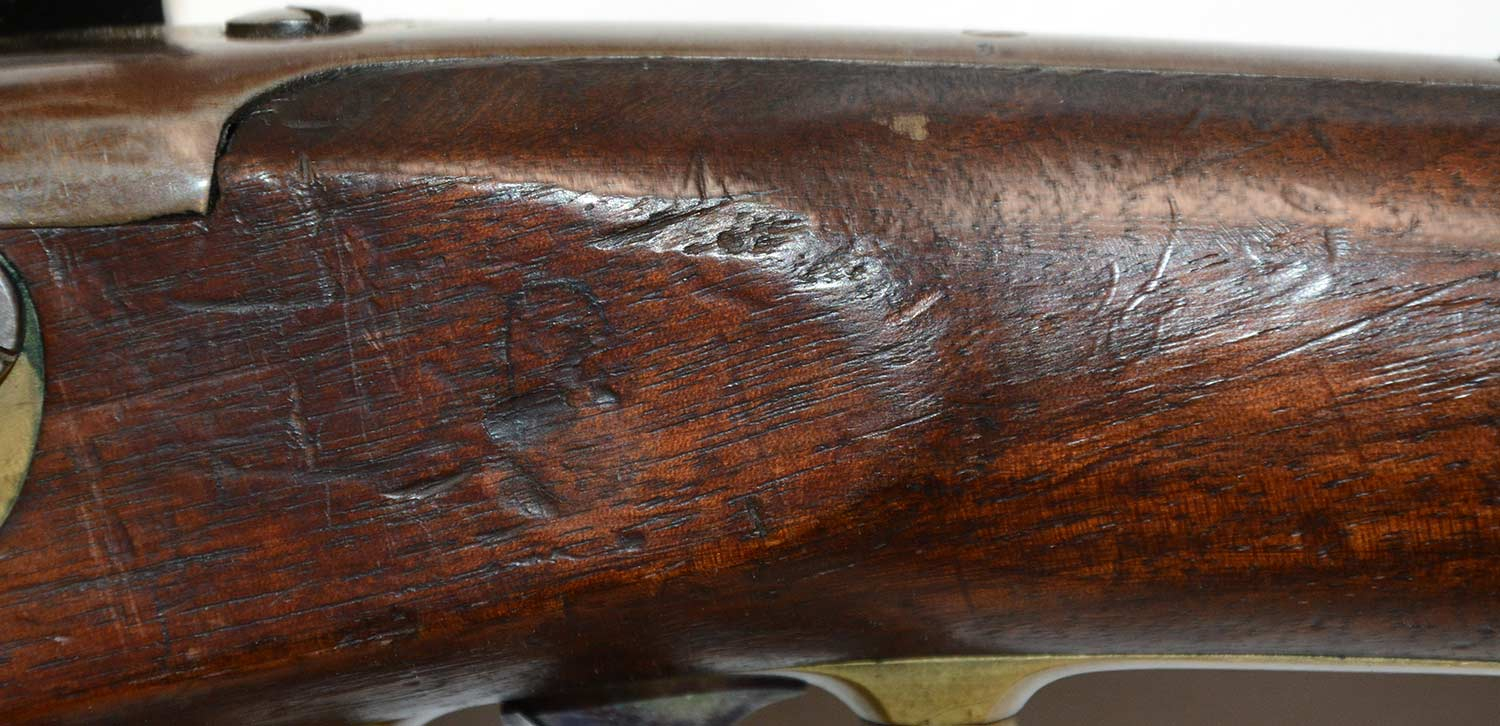
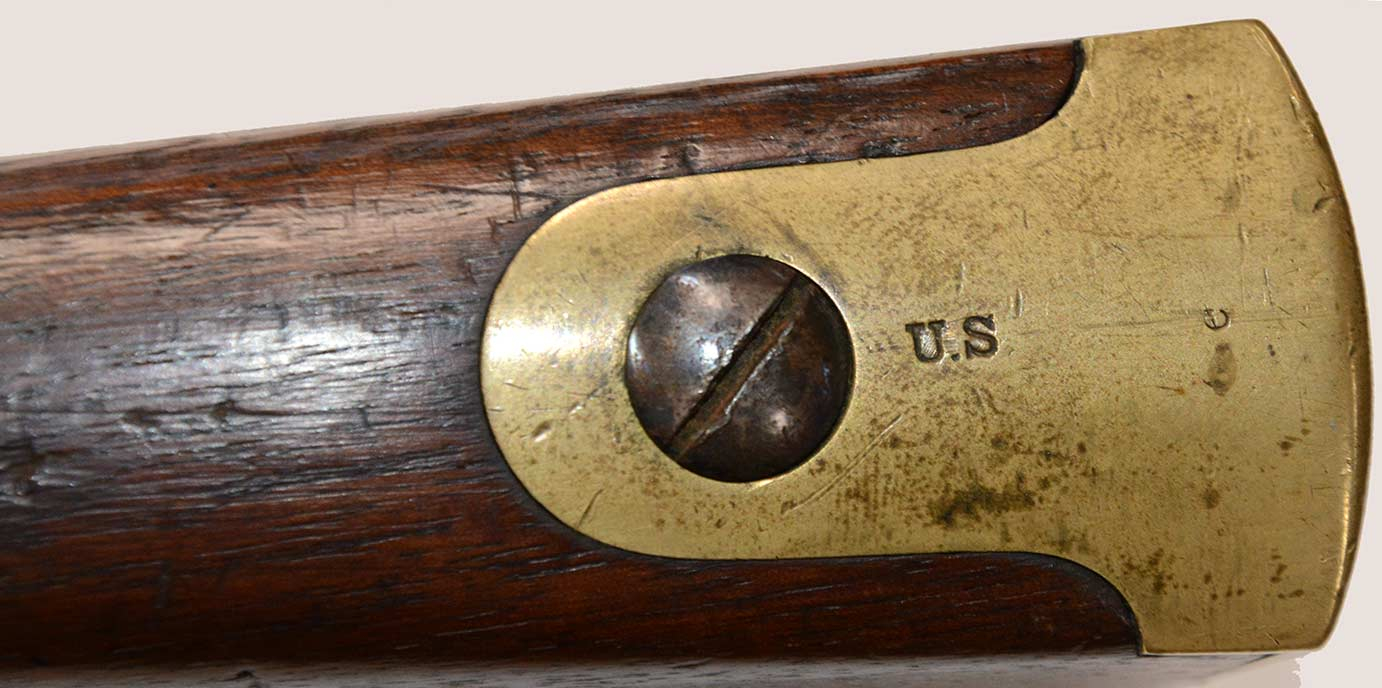
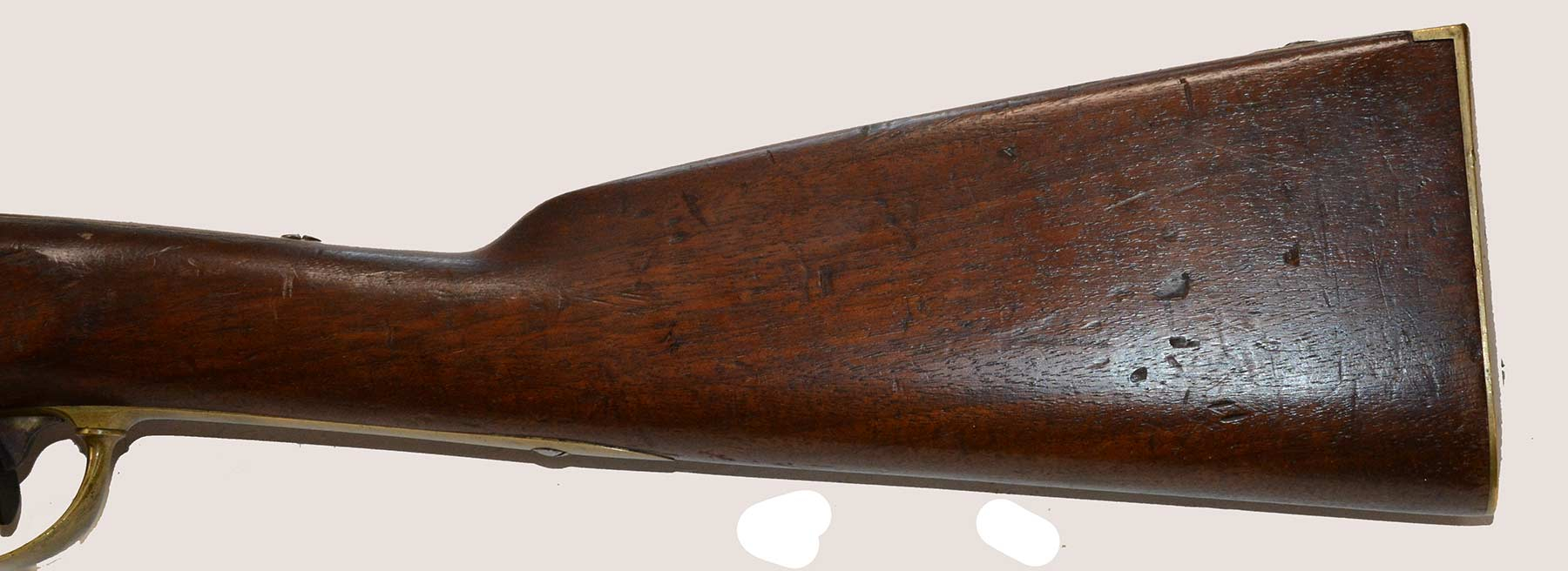
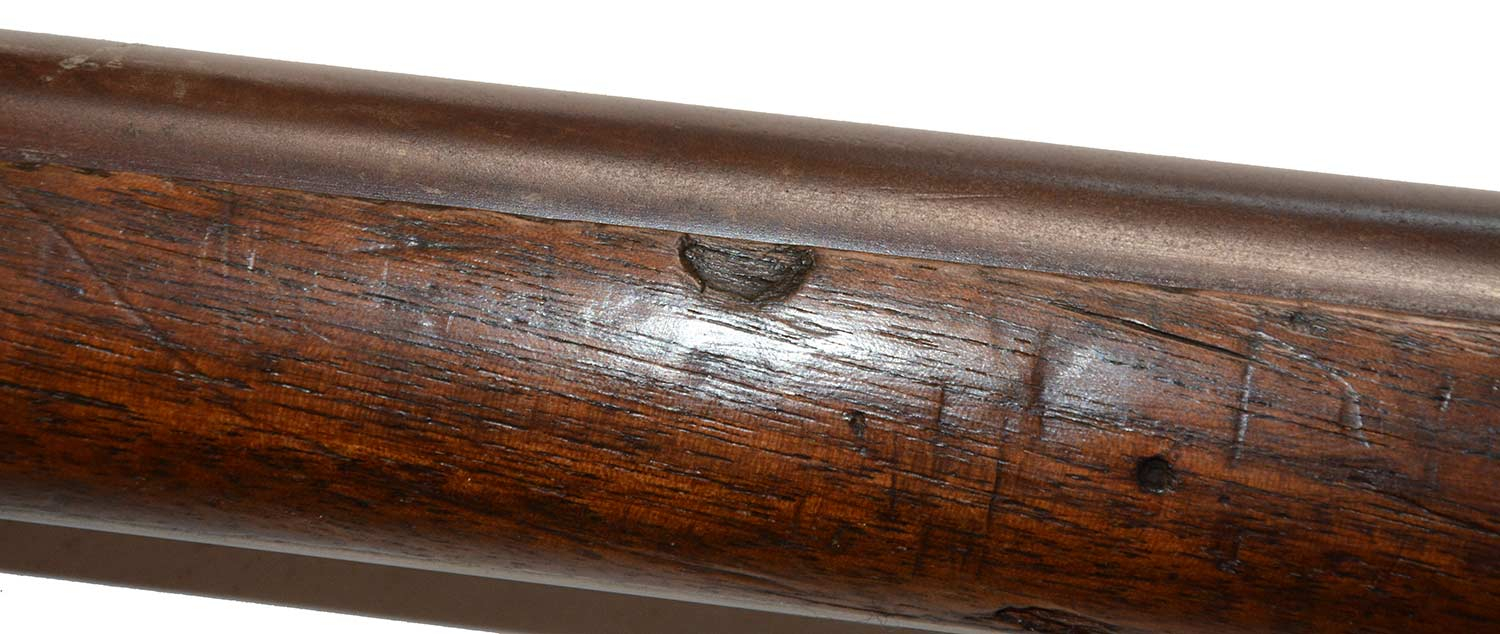


$9,950.00 SOLD
Quantity Available: None
Item Code: 172-5903
This is one of one hundred M1841 Rifles altered to the Lindner breechloading system for the state of Massachusetts in Fall 1861. Massachusetts had acquired 4,000 M1841s made by Robbins and Lawrence from the federal government, likely for issue to volunteer units being raised for the U.S., of which more than half were in turn sold to other states. Of those retained by Massachusetts, 100 were altered to the Lindner system under a contract with the state in Fall 1861 by the firm of Allen and Morse, along with three altered by Amoskeag that were used as samples for their contract, and another four for arms entrepreneur Arthur Eastman. The 100 rifles supplied under the contract bore serial numbers on the underside of the rotating sleeve used in the Lindner system. This rifle is #52. Interestingly, it also bears an ampersand stamp in the patch box- a mark, though not in the usual location, that is associated with arms captured and collected by Confederate Ordnance.
The Lindner alteration involved removing 3 ¼ inches of the barrel breech and fitting a spring-loaded breechblock that was released to pivot upward for loading by rotating a screw-sleeve cover fitted with a bolt handle, the sleeve acting to move the breechblock forward and seal the breech when closed. This used a combustible cartridge and standard percussion cap primer. The rifle remained in .54 caliber. As part of the alteration the rifle was fitted with a longer, more robust, breechplug tang and a stock reinforcing plate running forward from the triggerguard tang and fitted with flanges turning upward on either side just forward of the altered breech that are slotted for a barrel wedge. On the rifles altered for the state the sleeve cover and the reinforcing plate are both made of iron. A second batch of alterations done for Gen. Benjamin Butler, numbering 200, use brass for those two elements, lack the serial number under the sleeve, and utilize a tang-mounted rear peep sight. On the state rifles like this the rear sight is an 1858 rifle-musket style sight made by A.J. Drake and the front sight is a block sight designed for use with his socket bayonets.
All the markings are sharp. The lock plate bears the original maker stamp: “ROBBINS / & / LAWRENCE / US” forward of the hammer and “WINDSOR, VT / 1850” at the rear. The breech shows crisp “US/J.P.C./P” barrel proof/inspection marks along with a small “JH” on the left side flat. The buttplate has the small U.S. on the tang. The top of screw sleeve is crisply stamped “PATENTED / MAR. 29, 1859” for Lindner’s patent for the alteration. The metal is smooth. The barrel shows as plum. The rear sight has blue. The lock shows a mix of thin blue with a few small and thin darker gray spots. The hammer shows some case color on the left. The nipple is good, and the bolster and lock plate do not show pitting. The brass has a mellow, aged tone. The screws are good. Those on the patch box show some traces of blue. The iron mounts of the alteration are a steel gray.
The wood has a good fit to the metal, good color, and decent edges, though showing handling and storage dings overall, with a small divot next to the barrel on the left, and dings to the left flat that obscure any cartouches. The only major spot is a wood repair on the right at the screw-sleeve bolt. This is typical weak spot on these rare guns since the stock is thinned out at that point for the receiver and the bolt handle is set into a notch on the upper edge of the stock and would push against it in loading and firing. The cutout for the patchbox is crisp.
This rifle notably has an ampersand (“&”) stamped in the wood of the patch box. This is one of several stamps known from use by Confederate ordnance inspectors working in the CS cleaning and repair system on “captured and collected” arms. These are detailed in Steven Knott’s “’Captured & Collected:’ Confederate Reissued Firearms” (2019,) at which point five stamps using individual letters were recognized, with one or two others, including an ampersand, since cataloged. Those marks appear on the belly of the stock. The stock reinforcing plate in this case might have made another location for the stamp necessary, though we also note the marking appears slightly larger than those we have seen on the belly of the stock, so it could be a coincidence. The marking is certainly not a modern attempt to create a Confederate used rifle, however: the rifle was in the collection from which we drew it, and so marked, long before Knott’s publication, the identification, or even the investigation of those markings. It is possible that one of the Massachusetts Lindners made its way south, as did Ben Butler’s, but Moller notes that just 103 were altered under that contract and 102 still in the state arsenal were sold at public auction in 1865. Four Lindner conversions, however, done at the same time, and thus presumably of the same configuration, are mentioned by Moller (p.178) as sold to Arthur Eastman, who did not hesitate to make money on firearms any way he could. The serial number under the screw sleeve, however, would seem to point to it as one of the Massachusetts contract rifles, unless the numbers were less serial numbers for the state than mating numbers in the assembly of the rifles, which is possible. There would be no way of knowing which of the rifles went to Eastman. The rifles are scarce and Moller only says that the numbers found on known examples “indicate” the Massachusetts Lindner alterations were numbered sequentially from 1 to 100.
All in all, the gun is incredibly scarce and deserves a prominent place in collection of Civil War breechloading arms. The bore is very good, as are the mechanics, though the hammer does not hold at half-cock. [sr] [ph:L]
DISCLAIMER: All firearms are sold as collector's items only - we do not accept responsibility as to the shooting safety or reliability of any antique firearm. All firearms are described as accurately as possible, given the restraints of a catalog listing length. We want satisfied customers & often "under" describe the weapons. Any city or state regulations regarding owning antique firearms are the responsibility of the purchaser. All firearms are "mechanically perfect" unless noted, but again, are NOT warranted as safe to fire!
~~~~~~~~~~~~~~~~~~~~~~~~~~~~~~~~~~~
THIS ITEM, AS WITH ALL OTHER ITEMS AVAILABLE ON OUR WEB SITE,
MAY BE PURCHASED THROUGH OUR LAYAWAY PROGRAM.
CLICK HERE FOR OUR POLICIES AND TERMS.
THANK YOU!
Inquire About RARE MASSACHUSETTS LINDNER ALTERATION MODEL 1841 RIFLE
Most Popular
Historical Firearms Stolen From The National Civil War Museum In Harrisburg, Pa »
Theft From Gravesite Of Gen. John Reynolds »
Selection Of Unframed Prints By Don Troiani »
Fine Condition Brass Infantry Bugle Insignia »
Large English Bowie Knife With Sheath 1870’S – 1880’S »
Imported (Clauberg) Us Model 1860 Light Cavalry Officer's Saber »
featured item
CONFEDERATE OFFICER’S BELT WITH TWO-PIECE VIRGINIA PLATE AND DRAGOON REVOLVER HOLSTER
The belt plate is a Viriginia two-piece interlocking plate of very good quality. Belt loops for tongue and wreath are plain, slightly beveled. The wreath is a laurel wreath with berries, secured with crossed ribbons at top and bottom. The leaves,… (1283-03). Learn More »


